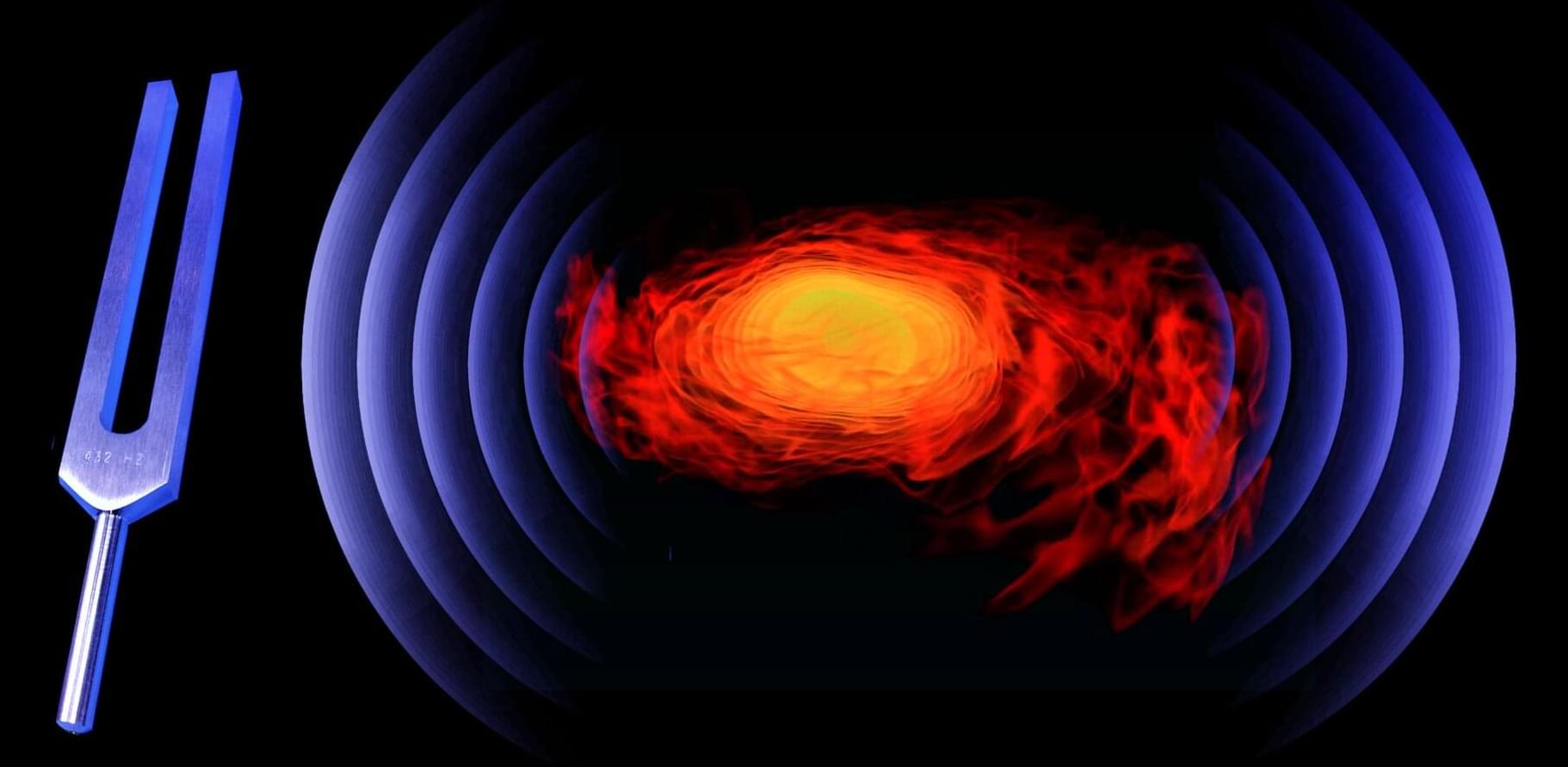Scientists at Goethe University Frankfurt have identified a new way to probe the interior of neutron stars using gravitational waves from their collisions. By analyzing the “long ringdown” phase—a pure-tone signal emitted by the post-merger remnant—they have found a strong correlation between the signal’s properties and the equation of state of neutron-star matter. Their results were recently published in Nature Communications.
Neutron stars, with a mass greater than that of the entire solar system confined within a nearly perfect sphere just a dozen kilometers in diameter, are among the most fascinating astrophysical objects known to humankind. Yet, the extreme conditions in their interiors make their composition and structure highly uncertain.
The collision of two neutron stars, such as the one observed in 2017, provides a unique opportunity to uncover these mysteries. As binary neutron stars inspiral for millions of years, they emit gravitational waves, but the most intense emission occurs at and just milliseconds after the moment of merging.
